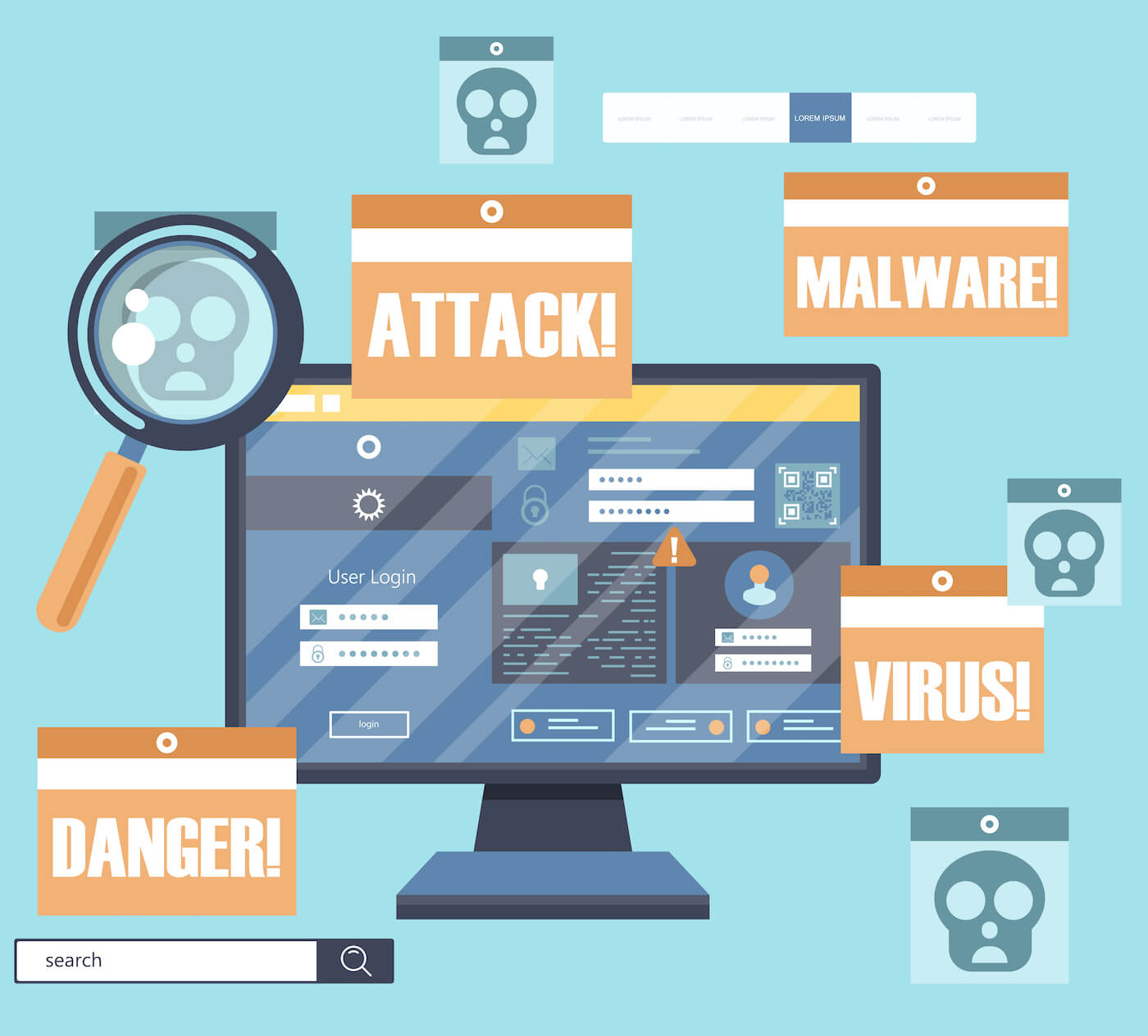Why Training Your Employees for Data Security is Important
With the rise of the internet and shadow IT networks, data security has become a number one priority for nearly every business and individual. Data security ensures that important data is not stolen or misrepresented.
Companies that collect sensitive data about their employees, business relationships, and customers have to take steps to ensure the information is kept secure. This includes employee training and data loss prevention tactics.
One of the biggest challenges with data security is the human aspect. According to IBM, nearly 23% of data breaches are caused by humans. This doesn’t even account for the number of insider threats that companies fall victim to and the number of phishing attacks that capitalize on human error for their success.
Training your employees on data security is vital to your company’s security and can prevent a company-ending data breach. Here’s why and how you should go about it:
Yes, Employee Training is Vital for Company Security

You may think that getting the best firewall, anti-virus, and anti-malware software is good enough to keep vicious data hackers away from your company.
Unfortunately, this is not enough.
Given the rise in work-from-home and the use of personal devices for managing critical business data, employees need extra support for keeping data safe. Not only do personal devices need better security, but employees need to be prepared to implement this security and monitor it.
When it comes to cybersecurity and data privacy, most of your employees are blissfully unaware. Not only are they potentially risking your company data, but they are also risking their personal data. You may think that these are unrelated, but they are tied together.
If your employees approach their own personal data with a laissez-faire mentality, how will they treat your own data? By implementing a strict data security policy, you can put your best foot forward and keep your company data as secure as possible. This will also keep your company within compliance regulations and the relevant data protection law.
What Should Cybersecurity Training Include?
Cybersecurity training, or data security training, may sound difficult, but it’s fairly straightforward. The training itself needs to be repeated frequently so that your employees take it seriously and so that they can be refreshed whenever policies change.
Here’s what cybersecurity training should look like in your workplace:
Security Awareness Training for All Employees
Your company cybersecurity training should involve basic security awareness training. This should include an overview of common cybersecurity threats, what they look like, and how to react when an employee comes across one.
Teaching security awareness training will help your employees identify major types of cybersecurity threats:
- Malware: This is malicious software that will harm a computer system. Often it enters a computer network when an employee downloads a suspicious file type or through a phishing attack.
- Phishing: Phishing attacks occur when hackers use false identities to trick employees to provide sensitive or personal information. Teach employees to identify the email address and URL before clicking anything.
- Ransomware: Ransomware attacks are when cybercriminals lock a computer with sensitive information on it until the victim pays a ransom.
- Social Engineering: Social engineering attacks are usually orchestrated through human manipulation. These cybercriminals will trick victims into providing sensitive information.
Password Security
Password security is one of the easiest ways to keep malicious perpetrators out of your computer network. Through software settings, businesses can require that employees change their passwords frequently and practice safe storage techniques.
Within password security is also multi- or two-factor authentication. This requires that the employee prove they are the authorized user by providing a code or approving an authenticated device. This is one of the safest measures for authentication.
Data Protection Training
Employees need to be taught about company data safety. For example, not all data can be sent through messenger. Additionally, computers need to be locked when employees use their desks.
Nonetheless, these policies will be determined by your company and the data you collect. Conduct continual employee training to keep your employees refreshed about these ever-changing policies.
Safety Policies for Social Media, Internet, and Email
So many hackers target individuals through social media and email accounts. Train your employees to keep business information off of their personal devices and to look out for social engineering attacks and phishing emails that might come onto business emails.
Also, implement a policy around personal devices and your company network. Employees should not use their personal devices and personal social media accounts while connected to your company network.
4 Key Statistics Why Business Need Data Security Training

Even with all the right software in place, your business is still vulnerable to a security breach. Additionally, you’re fighting against a range of endpoints that you don’t know about, including suspicious insider threat activity and new cyber-attacks every year.
Data security training will help protect your data even more. Here are 4 key statistics why businesses need data protection training for their employees:
1. Data breaches cost companies thousands of dollars every year.
According to IBM, the cost of a data breach is $4.24 million per incident. While this figure might not be accurate for smaller companies, a cyber attack could still bankrupt your business!
Employee training can minimize the risk of data breaches and save your company downtime and money.
2. Data breaches risk company success financially and by breaking customer trust.
Not only will you lose money, but you will also lose customer trust. Banks experience this the most since they are risking sensitive customer information and their money!
Following the Capital One data breach, the company experienced a serious loss of trust. They had to implement new policies to gain it back. Depending on the type of data you collect, data breaches could be more than financially damaging.
3. The average DDoS attack costs companies $22,000.
If your company fell victim to a DDoS attack, it would cost you thousands of dollars to be down and inoperable. On top of that, you have to pay for a specialist to help you get out of the hack. The bottom line is that cyberattacks are extremely costly.
4. Hackers are attacking computers every 39 seconds, on average.
Like the rest of the world, your employees are experiencing a barrage of internet attacks. They need as much protection as they can get, and sometimes knowledge is the best protection.
Teach your employees the common tactics that hackers use so that they aren’t swayed every time a threat comes in.
Protect Your Company With Data Protection Software and Training
With strong data security software and employee training, you can set your business up for success. Embolden your employees to learn the ways of hackers and to dispel their attempts.
In addition to training employees for data protection and cybersecurity awareness, implement a strong antivirus software, antimalware, and data protection software. Each software comes with its own set of features that will offer protection for your team.
On top of that, ensure you have employee monitoring software to be on the lookout for insider threat attacks.
Employee monitoring software through SoftActivity can increase the amount of data awareness your company has. It also allows you to monitor employee behaviors to protect your company from data breaches, minimize the insider threat risks and increase information security in your business.
By SoftActivity Team.